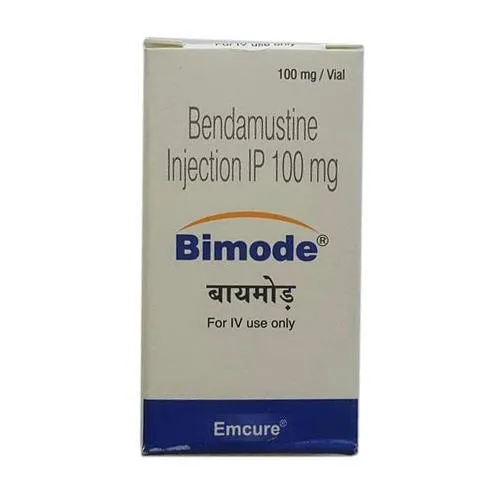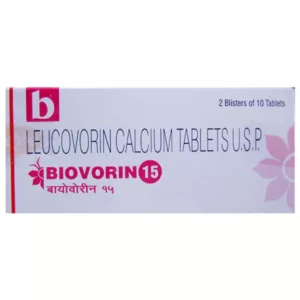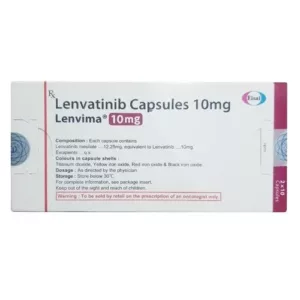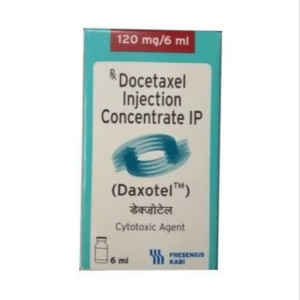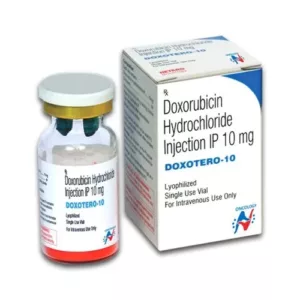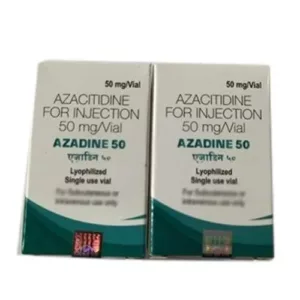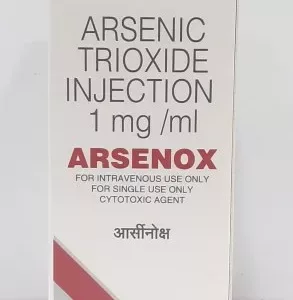Background: Treatment recommendations in chronic lymphocytic leukemia (CLL) are based upon selected, otherwise healthy study populations mostly under 72 years of age. The Project group Internistic Oncology (PIO) embarked on an analysis of the ‘real-world’ safety and efficacy of bendamustine with and without rituximab in unselected outpatients.
Patients and methods: A multicenter, open-label, prospectively stratified, retrospective study was conducted to determine routine feasibility, toxicity, and response rates obtained by bendamustine with and without rituximab in a random population of mostly elderly patients with CLL. Records were obtained from 775 patients with CLL from 60 private medical oncology practices. Informed consent was obtained prior to study participation. The median observation time was 28 months. Patients were stratified according to age, and treatment. Response criteria and statistics followed international guidelines adopted by the “German Chronic Lymphocytic Leukemia Study Group”.
Results: Overall, 57.5% of patients were over 70 (range=36-95) years old. Eastern Cooperative Oncology Group performance status and age influenced the total dose given, decreasing by 20% between ECOG 0 and 3, and by 15% above 80 years old. Response rates did not differ between the ages of 60 to 80 years, with an overall remission rate for bendamustine of 83%, and for the combination therapy of 89%, decreasing above the age of 80 years. Febrile neutropenia occurred in 25% of 775 patients, and grade 3 or 4 non-hematological adverse events in 9.55% (n=74), not interfering with the treatment.
Conclusion: Bendamustine with and without rituximab was associated with high activity and tolerability, irrespective of age and risk factors. The median overall survival was 64 months with a 3-year survival rate of 72%; progression-free survival was 30.6 months, and the 3 year PFS was 43%. The good tolerability and feasibility of bendamustine with and without rituximab, in particular for the elderly population with CLL argues for it being a safe outpatient treatment.
